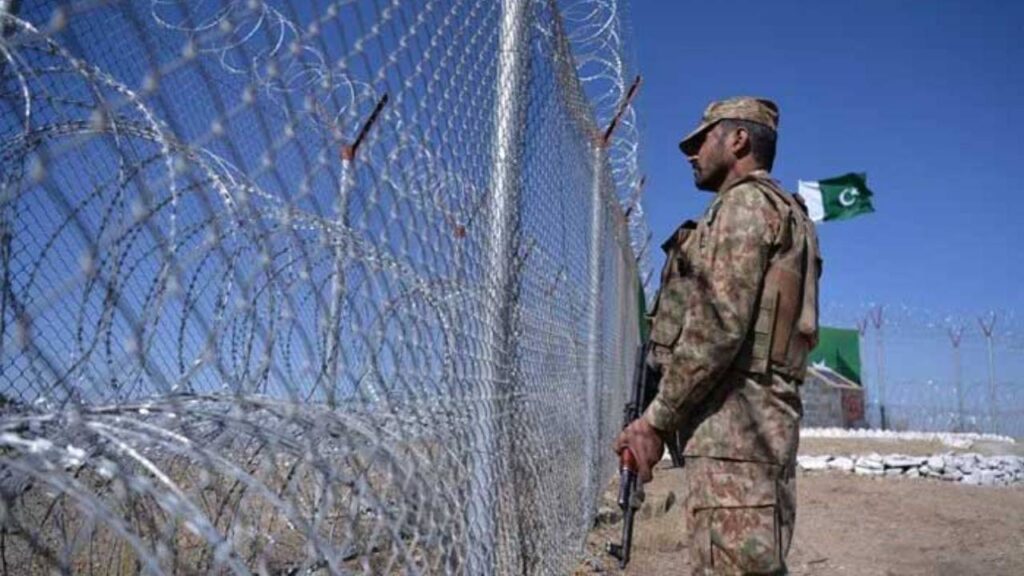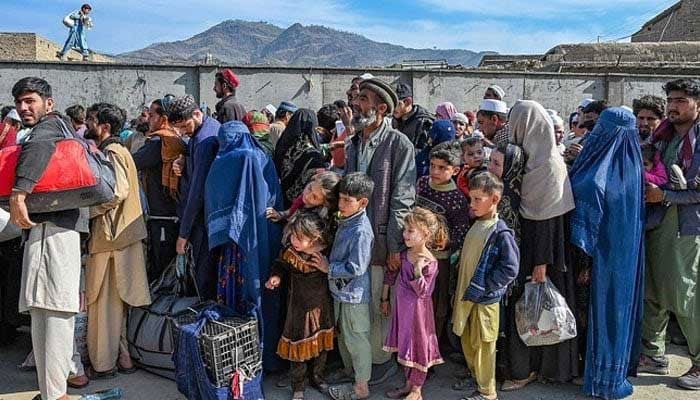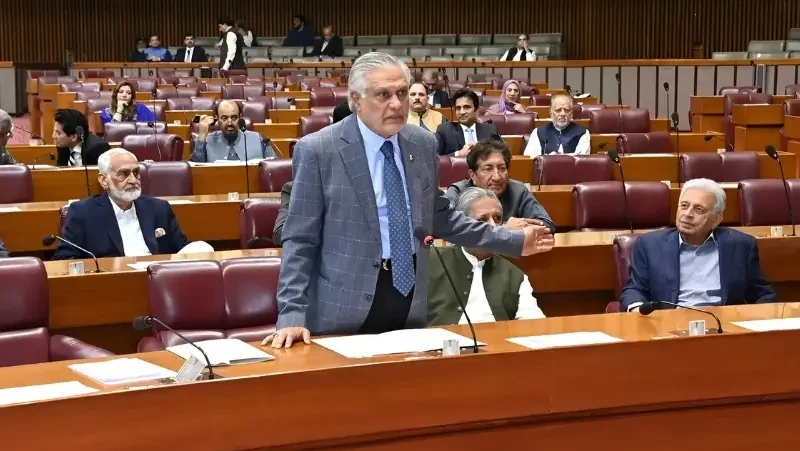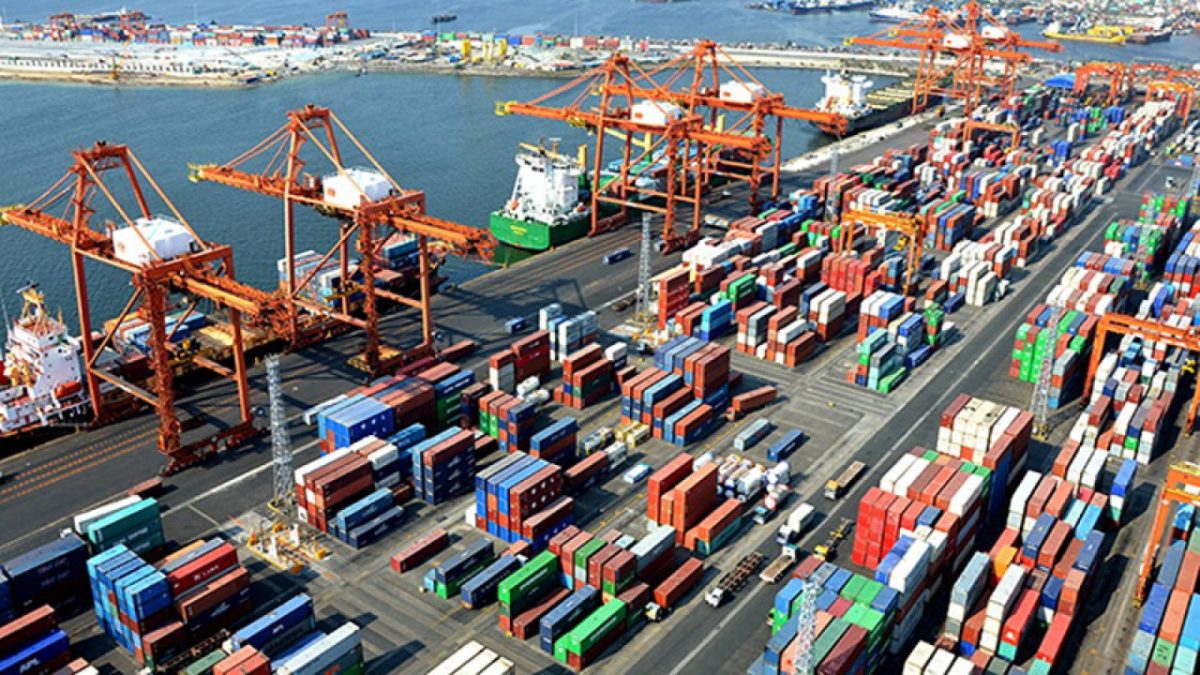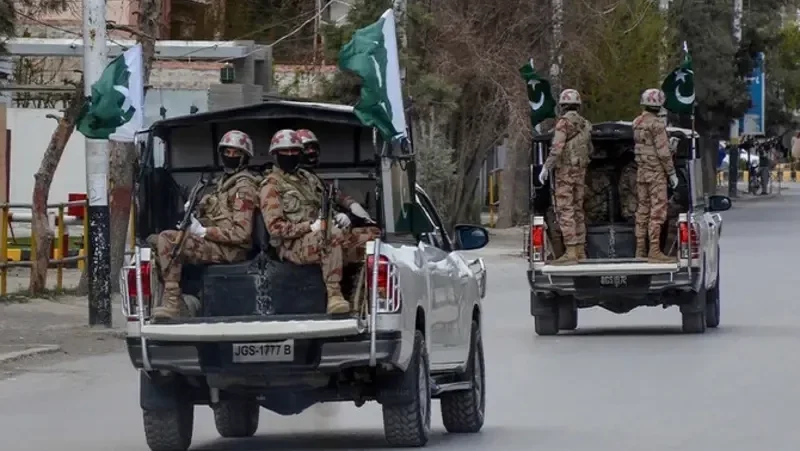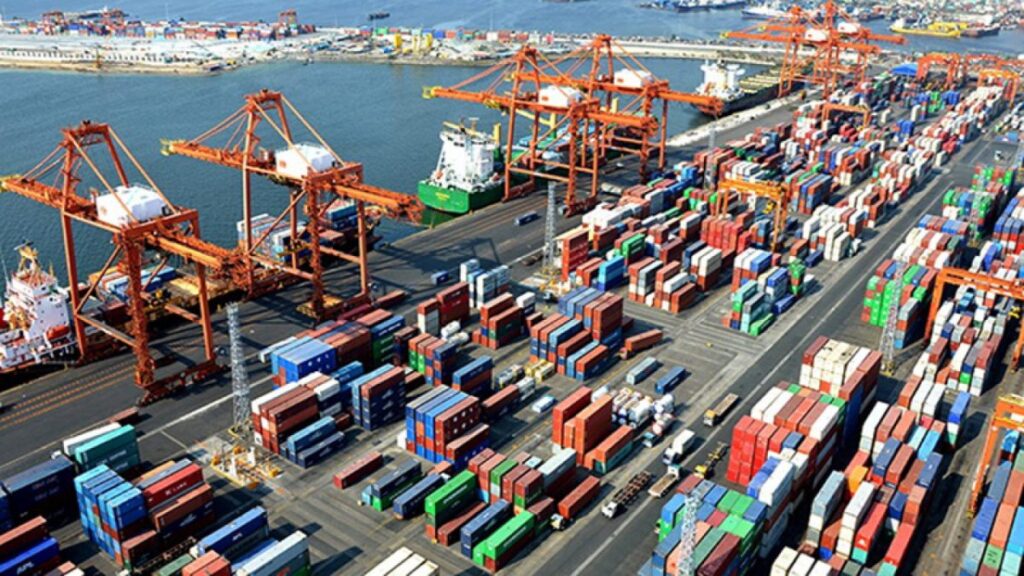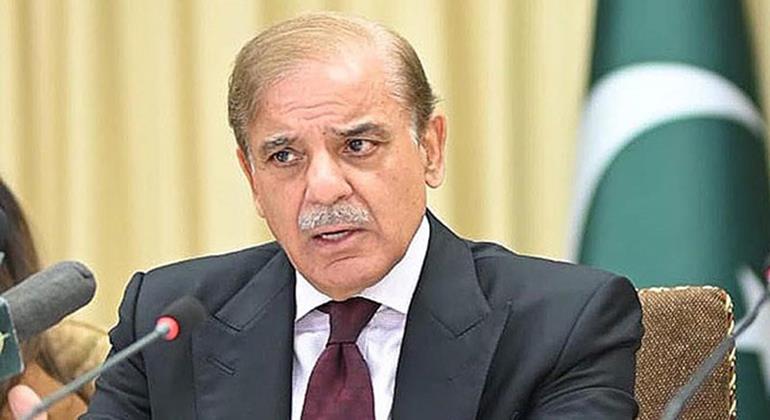A new UN report warns that terrorist groups may exploit heightened tensions in South Asia, particularly between India and Pakistan. The report, submitted to the UN Security Council, highlights the risk following the April 22 attack in occupied Kashmir, which triggered a brief but intense conflict between the two nations in May.
The Analytical Support and Sanctions Monitoring Team’s assessment, covering January to June 2025, points to an increased likelihood of terrorist groups leveraging the regional instability to expand their influence and carry out attacks. The report specifically names the Tehreek-i-Taliban Pakistan (TTP) as receiving substantial logistical and operational support from Afghanistan’s de facto authorities. The TTP, with an estimated 6,000 fighters, is said to maintain ties with Islamic State-Khorasan (IS-K), Al Qaeda, and Baloch separatist groups. The report details instances of the TTP providing training to Baloch separatists and sharing training facilities with them and Al Qaeda.
The report also raises concerns about the Pahalgam attack, which killed 26 people. While the Resistance Front (TRF) initially claimed responsibility, later withdrawing the claim, the report notes differing opinions among member states regarding TRF’s alleged ties to Lashkar-i-Tayyiba (LeT). Some states believe LeT’s support was crucial for the attack, while others claim LeT is defunct.
The UN report identifies IS-K as the most significant current terrorist threat in the region, with an estimated 2,000 fighters. IS-K’s activities include recruiting across Afghanistan, Central Asia, and the Russian North Caucasus, targeting Shia communities, foreign nationals, and Taliban officials, and even indoctrinating children for suicide missions. While Al Qaeda’s presence in Afghanistan has diminished, the report notes that the group retains global ambitions and its affiliate, Al Qaeda in the Indian Subcontinent (AQIS), is growing more confident.
The report concludes by criticizing Afghanistan’s Taliban regime for maintaining a permissive environment for various terrorist groups, posing a serious threat to regional and international security. The ongoing tensions between India and Pakistan, coupled with the operational capabilities of these groups, create a volatile security landscape in South Asia.

